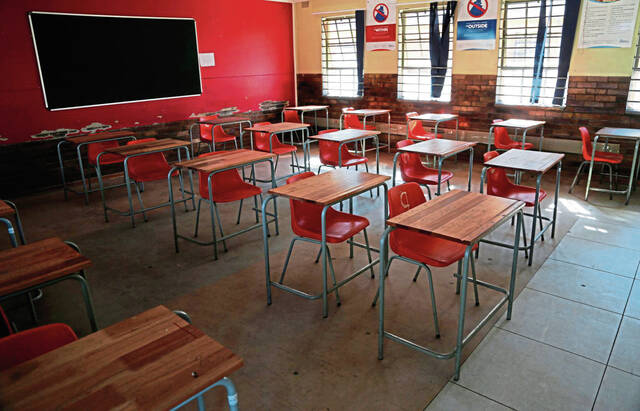Editorial: Why aren’t America’s students showing up?
Nearly four years into America’s learning-loss crisis, perhaps the biggest challenge facing the country’s schools is a basic one: getting students to show up. Rates of absenteeism have surged since the start of the pandemic, across nearly all regions, income levels and age groups. School leaders need to act now to solve the problem or risk seeing millions of students lose any chance of recovery.
By every measure, U.S. students are missing huge amounts of school. During the 2021-22 academic year, 28% of schoolchildren were “chronically” absent — defined as missing at least 10% of the 180-day school year, or 31⁄2 weeks. That’s up from a rate of 15% in the last full year before the pandemic. The problem is most acute in urban public school districts: Chronic absenteeism topped 40% in New York City, Los Angeles and Chicago; in Detroit, the rate was 77%. But even affluent, suburban areas have seen unexcused absences soar.
It hardly needs saying that the impact on kids can be devastating.
Reversing these trends will require school districts to employ a range of strategies. Their top priority should be identifying families with chronically absent students, informing parents about the long-term consequences of missing school and following up with phone calls, text messages and home visits from school staff or social workers if the problem persists. Pandemic-era health guidelines should be revised so students aren’t kept home for relatively innocuous coughs and colds. Meanwhile, accountability should be toughened: Schools should impose stricter limits on the number of assignments that can be submitted online and make attendance a bigger portion of students’ grades. They should limit repeat offenders’ participation in nonacademic activities, including sports, and require tutoring and summer school for those who miss substantial amounts of time.
For its part, the federal government should increase grants to states to promote anti-absenteeism policies and reward those that show sustained results. Experiments to boost attendance and student performance by pushing back start times, as California is doing, should be evaluated for effectiveness. Expanding merit-based pay for teachers and boosting incentives for top teachers to teach in poorly performing classrooms is also critical: Research shows that teachers who’ve been successful in raising student achievement are also more likely to motivate them to show up for class.
Remove the ads from your TribLIVE reading experience but still support the journalists who create the content with TribLIVE Ad-Free.

